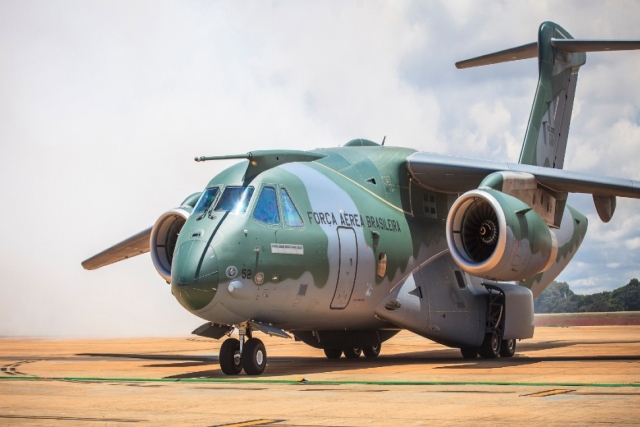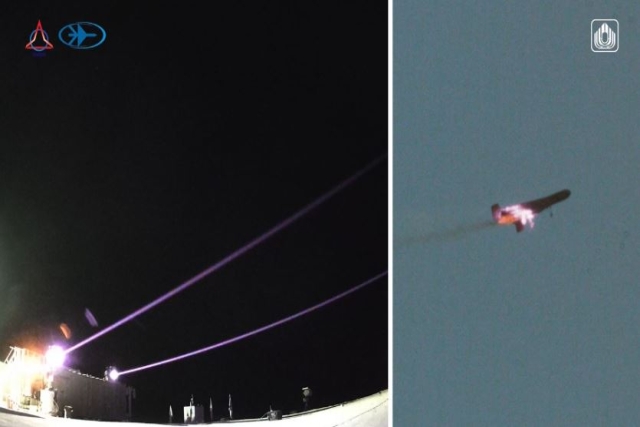Did a Venezuelan radar detect an American F-22 Jet?
Unconfirmed reports in the Russian media said that Chinese-made type JY-27A 3D radar deployed by Venezuelan Air Defense detected a United States F22 stealth aircraft as it approached the country’s airspace and sent a warning to the American fighter jet in mid-May 2020.
What is it that makes the stealthy F-22 - difficult to detect by enemy radar?
In addition to its shape that is devoid of hard edge, the aircraft comes with a special coating to avoid bouncing signals from enemy radar.
The F-22 Raptor has a radar cross-section smaller than a bumblebee that appears like a small spot on a radar screen.
The radar on the F-22 changes frequencies over 1,000 times per second to deter detection by enemy forces.
F-22 vulnerability:
Exercises with Indian Air Force and Malaysian Air Force Sukhoi Su-30 fighters in 2014 showed the F-22 to be superior but also vulnerable to the Russian-built aircraft. Its techniques such as Digital Radio Frequency Memory (DRFM) jamming—an electronic method for digitally capturing and retransmitting an RF signal used by Sukhoi’s could negate the advantages of the Raptor's radar.
Chinese JY-27 A 3-D radar
China had revealed the radar at the 2016 Zhuhai air show. Called the JY-27A 3-D, it is a Very High Frequency (VHF) active phased array radar. VHF radars, with their longer wavelengths are capable of detecting stealth aircraft.
Its detection range for stealth aircraft is claimed to be 500 km radius. In February 2016, the radar tracked an F-22 which was on its way to South Korea from Japan, Chinese media has claimed.
However other reports say the tracking may have been facilitated by external fuel tanks on the F-22 needed to undertake the long trip.
According to Global Times, meter wave radars can detect stealth aircraft because modern stealth aircraft are mainly designed to avoid detection by microwave radar, and are less stealthy to meter wave radar.
Venezuela had ordered up to 9 JYL-1 long range 3D air surveillance radars from China starting 2006. However, there is no information of it having acquired the more modern JY-27 3D radar. Nevertheless, China is known to deploy its cutting edge defence equipment for tests with friendly countries.
The theory of the placement of the JY-27 radar with friendly countries for testing gains currency following the detection of one such radar in a Pakistani air base in August 2019. Pakistan has not announced the purchase; nor did China reveal the sale without identifying the customer, as it normally does.
It may want to test the radar extensively in regions where there is considerable movement of US aircraft.
According to a brochure by the East China Research Institute of Electronic Engineering (ECRIEE) which developed the JY-27, the radar "boasts double stealth target detection virtues thanks to operation in UHF [ultra high frequency] band and owning of large power-aperture product for both air breathing targets and tactical missiles.”
Other features of the radar mentioned in the brochure include: electronic counter-countermeasures and complex digital active electronically scanned array (AESA) radar capable of tracking 500 targets.
Did China steal US radar technology?
An earlier version of the JY-27, the JY-26 has an unusual feature, the bubble surface of the radar, which looks similar to Lockheed Martin's offering in the US military’s Three Dimensional Expeditionary Long-Range Radar (3DELRR) competition, which Raytheon won.
The surface of both radars looks similar to bubble wrap used to ship breakable items. These ‘bubbles’ are transmit receive modules (TRM).
Press reports of an alleged Chinese cyber espionage strike against Lockheed surfaced in April 2009. What about the JY-27? There are no allegations of copycat here.










